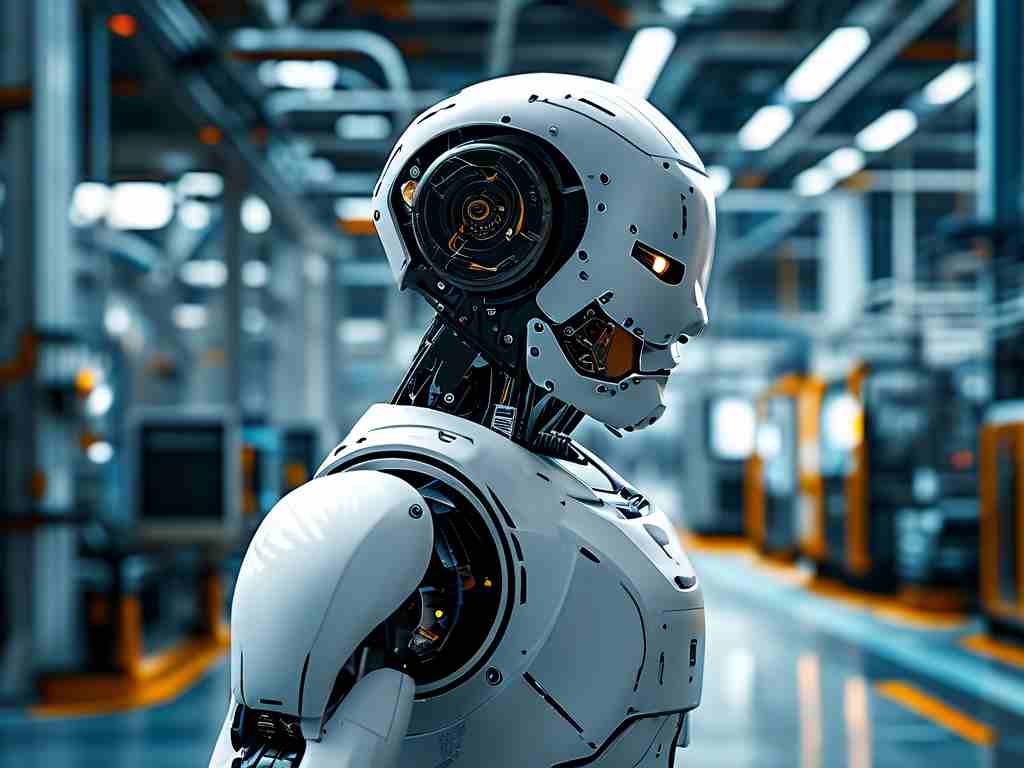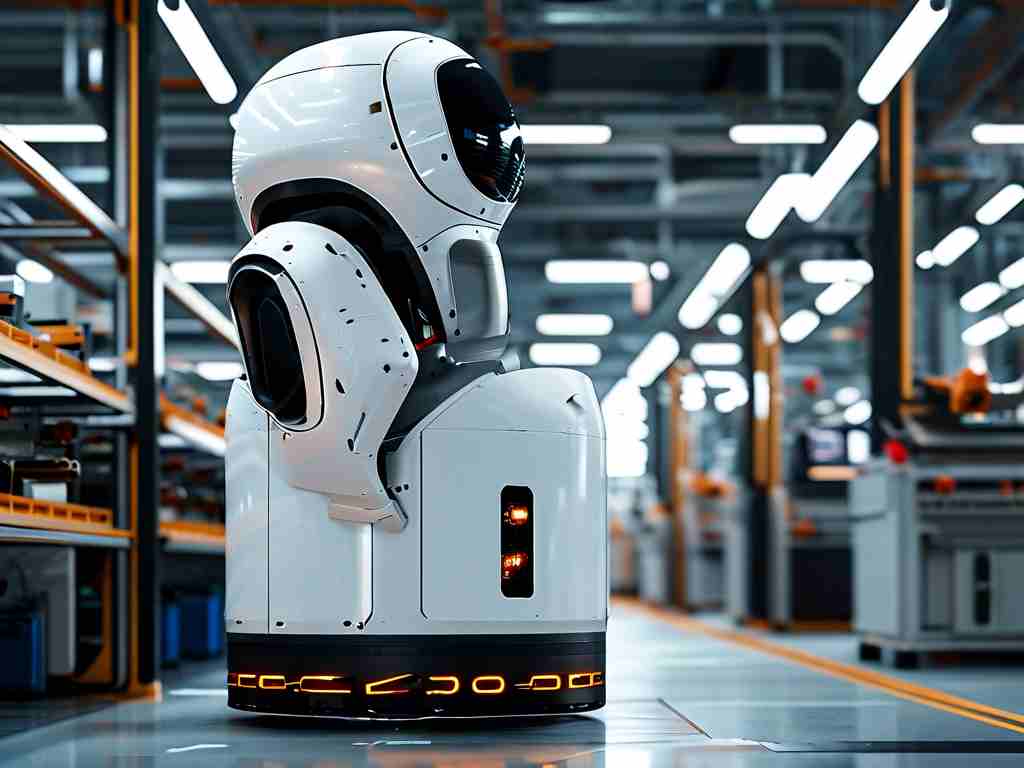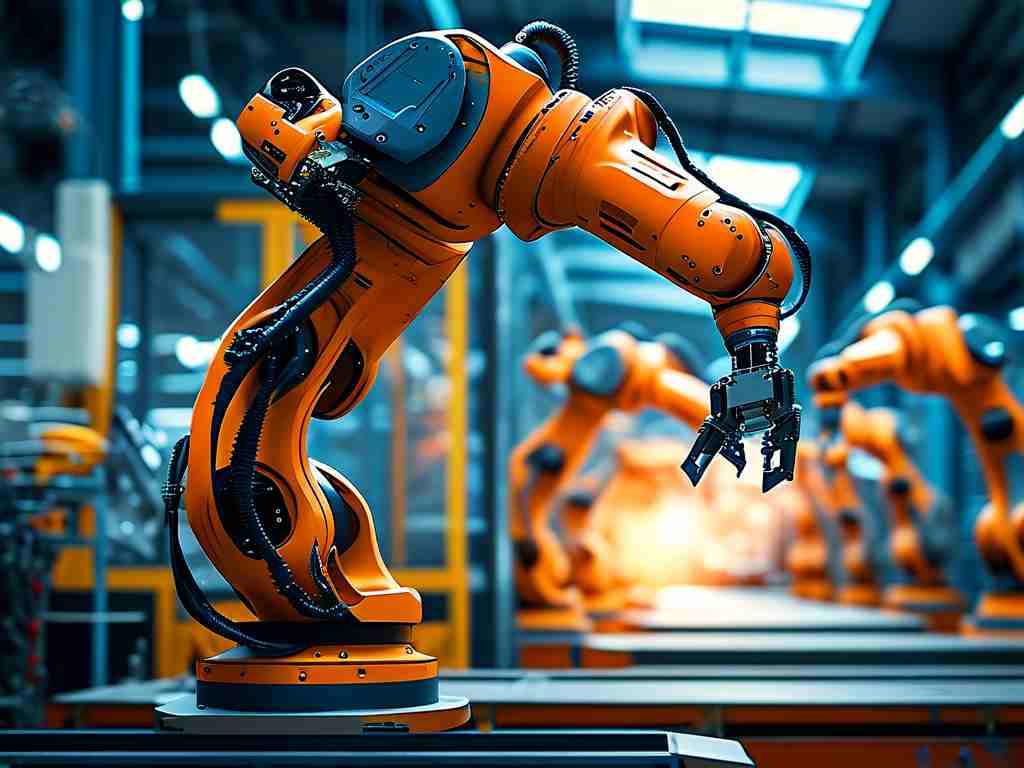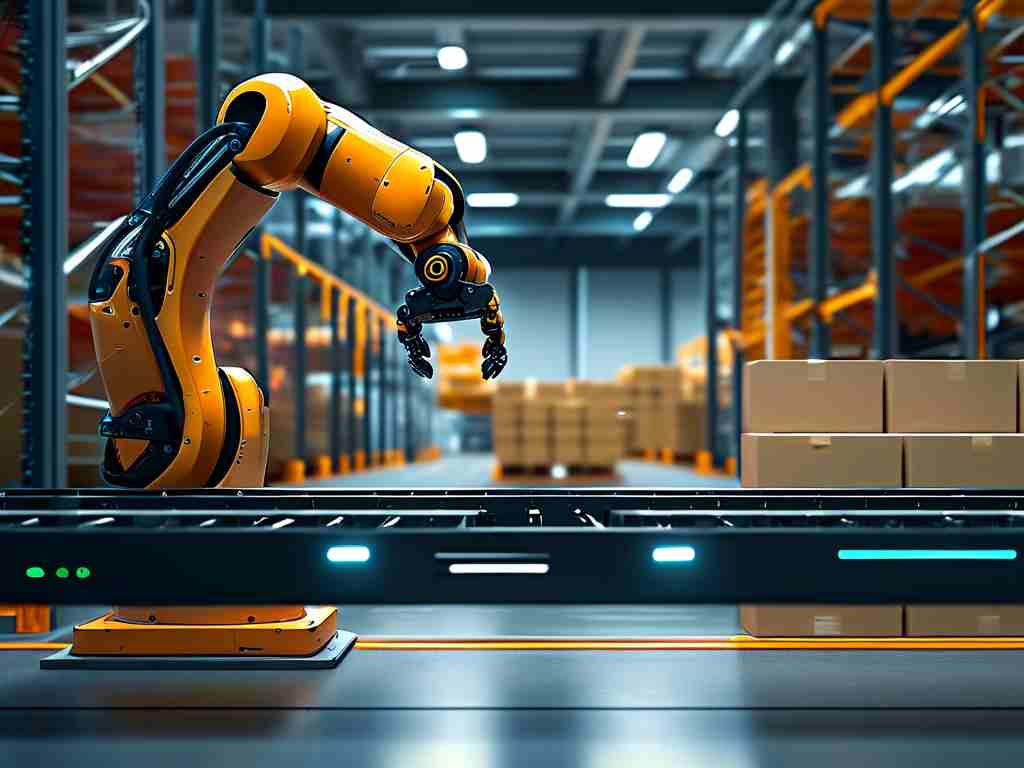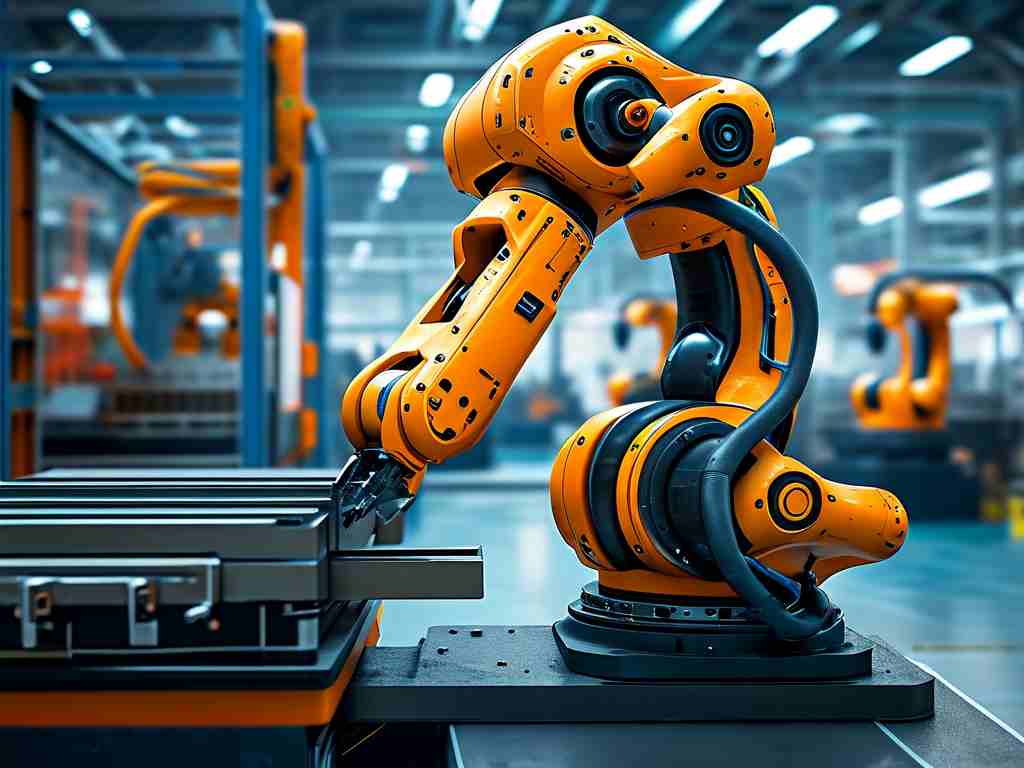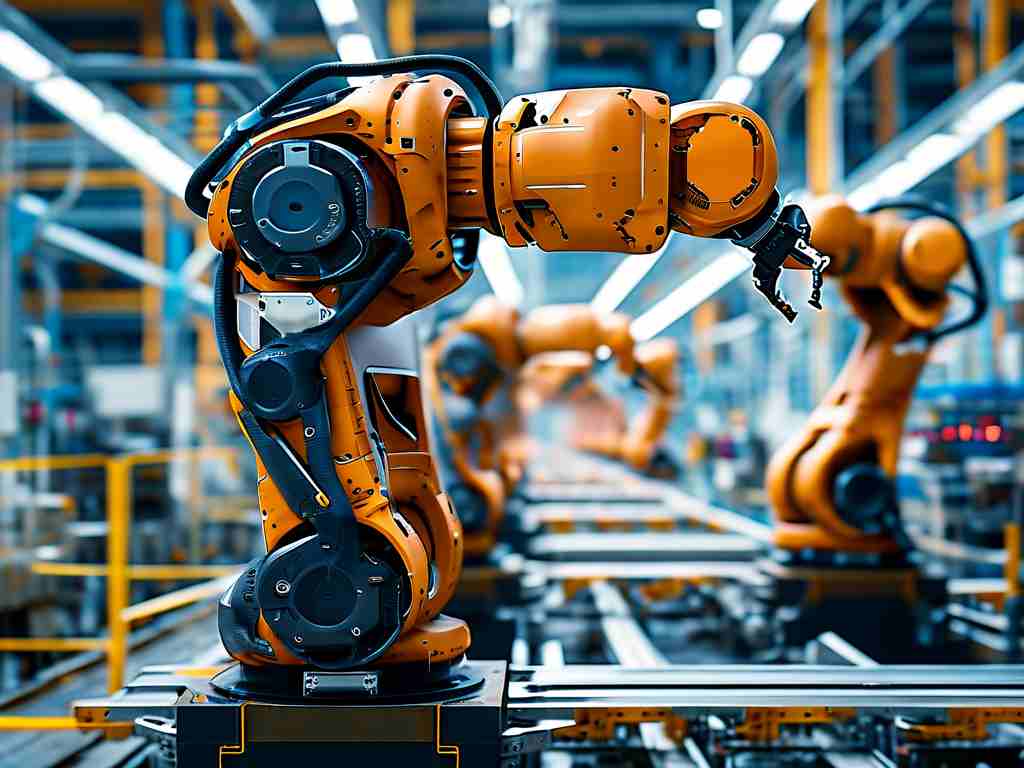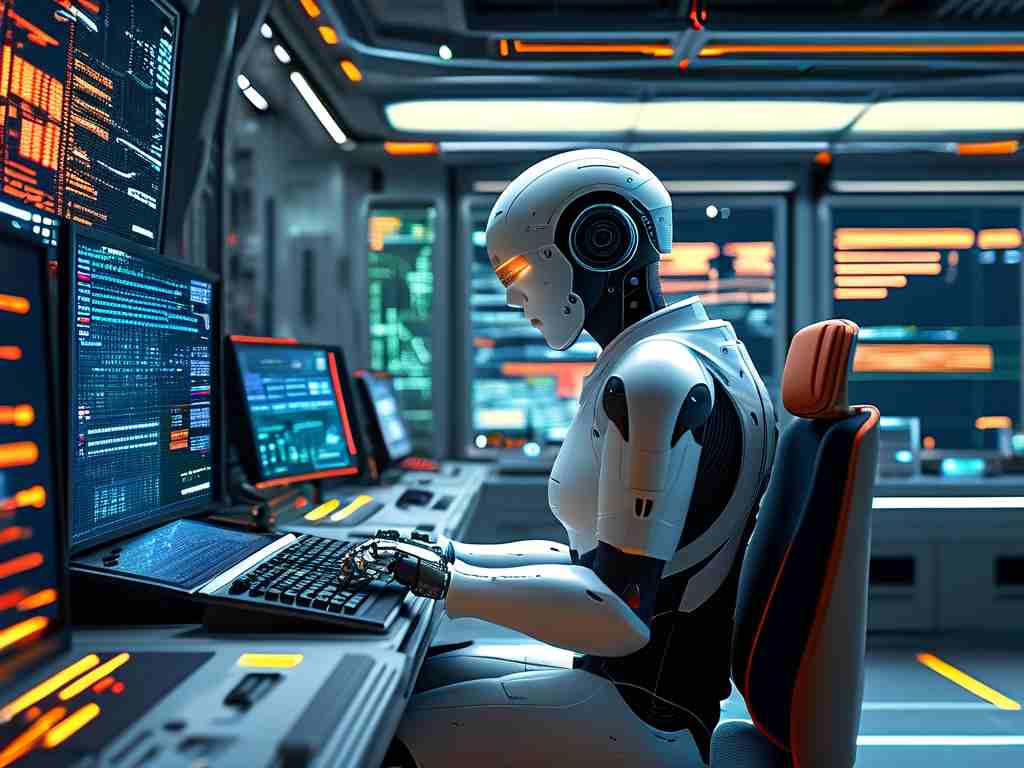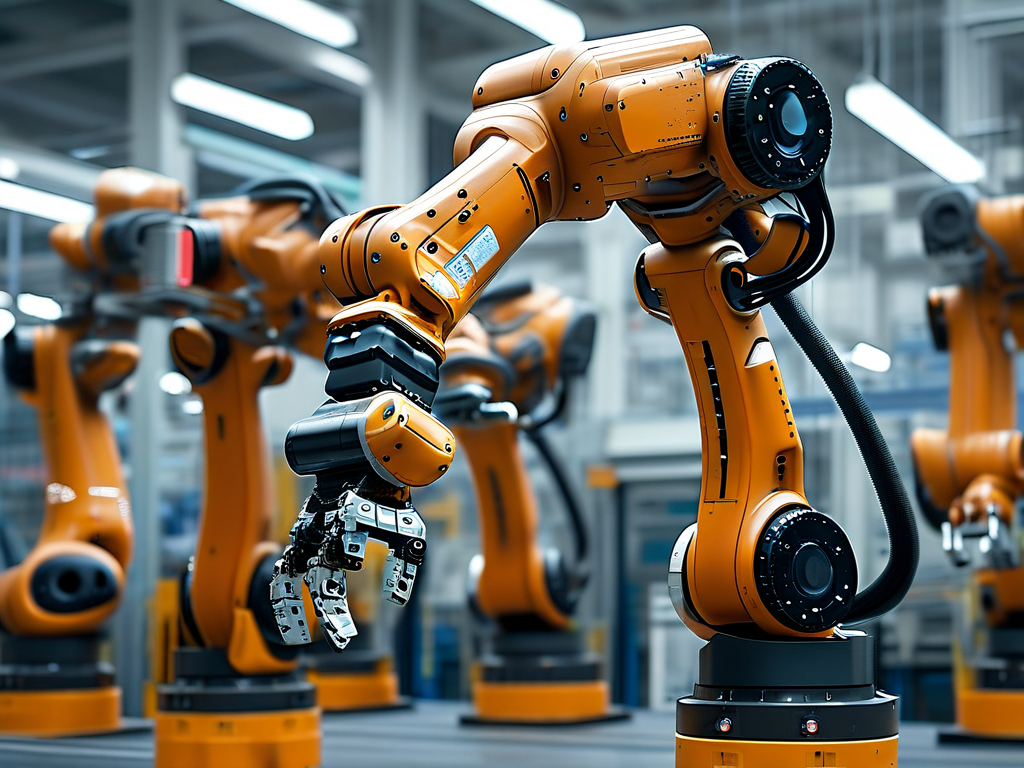In modern industrial automation and control systems, selecting the appropriate controller algorithm is critical for optimizing performance, stability, and efficiency. Among the myriad of control strategies available today, certain algorithms have emerged as industry standards due to their adaptability, robustness, and ease of implementation. This article explores the most widely adopted controller algorithms in contemporary applications, their unique characteristics, and practical use cases.
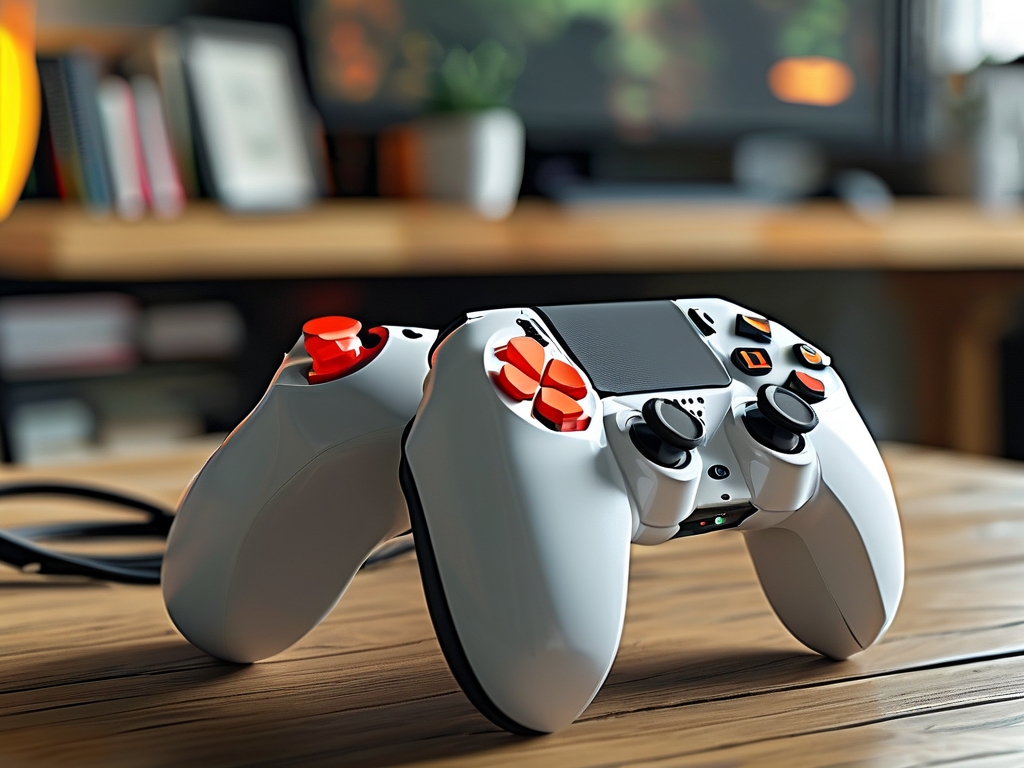
The Dominance of PID Controllers
The Proportional-Integral-Derivative (PID) controller remains the cornerstone of industrial control systems. Its simplicity, combined with its ability to handle a broad range of operational scenarios, makes it a go-to solution for engineers. The PID algorithm adjusts system outputs based on three components:
- Proportional (P): Responds to the current error between the desired setpoint and measured value.
- Integral (I): Addresses accumulated past errors to eliminate steady-state offsets.
- Derivative (D): Predicts future error trends to dampen oscillations.
A classic example is its use in temperature regulation systems, where PID controllers maintain precise thermal conditions by dynamically adjusting heating or cooling inputs. Despite its widespread adoption, PID controllers face limitations in highly nonlinear systems or environments with significant latency, prompting engineers to explore hybrid or advanced alternatives.
Model Predictive Control (MPC) for Complex Systems
For multivariable or constrained systems, Model Predictive Control (MPC) has gained traction. Unlike PID, MPC relies on a dynamic process model to predict future system behavior and compute optimal control actions over a finite horizon. This approach excels in scenarios requiring coordinated control of multiple variables, such as chemical reactors or autonomous vehicle trajectory planning.
Consider a distillation column in a refinery: MPC algorithms optimize energy consumption while ensuring product purity by simultaneously adjusting feed rates, temperatures, and reflux ratios. The computational intensity of MPC, however, demands robust hardware, limiting its use in low-cost or legacy systems.
Fuzzy Logic Controllers in Ambiguous Environments
Fuzzy Logic Controllers (FLCs) provide a unique solution for systems with imprecise or qualitative data. By converting linguistic rules (e.g., "slightly hot" or "very fast") into mathematical operations, FLCs mimic human decision-making processes. This makes them ideal for applications like HVAC systems or consumer appliances where exact mathematical models are impractical.
For instance, a washing machine using fuzzy logic might adjust wash cycles based on fabric texture and soil level—variables difficult to quantify with traditional sensors. While FLCs offer flexibility, their performance heavily depends on the quality of rule bases, requiring meticulous tuning by experts.
Adaptive Control for Dynamic Conditions
In environments with fluctuating parameters, adaptive controllers automatically recalibrate their internal models to maintain performance. Two primary subtypes exist:
- Model Reference Adaptive Control (MRAC): Compares system behavior against an ideal reference model and adjusts parameters to minimize deviations.
- Self-Tuning Regulators (STR): Continuously updates controller coefficients using real-time data.
Aerospace systems frequently employ adaptive control to compensate for sudden changes in aerodynamic forces during flight. These algorithms, however, introduce complexity in stability analysis and require rigorous validation.
Emerging Trends: AI-Driven Control Systems
Recent advancements in machine learning have spurred interest in AI-enhanced controllers. Neural networks and reinforcement learning (RL) algorithms are being integrated with traditional methods to handle unprecedented system complexities. For example, an RL-based controller might optimize energy usage in a smart grid by learning consumption patterns over time.
Code Snippet: Basic PID Implementation
class PIDController:
def __init__(self, Kp, Ki, Kd):
self.Kp = Kp
self.Ki = Ki
self.Kd = Kd
self.prev_error = 0
self.integral = 0
def compute(self, setpoint, measured_value):
error = setpoint - measured_value
self.integral += error
derivative = error - self.prev_error
output = self.Kp * error + self.Ki * self.integral + self.Kd * derivative
self.prev_error = error
return output
While PID controllers dominate due to their simplicity and versatility, the choice of algorithm ultimately depends on system requirements. Engineers must weigh factors like computational resources, system nonlinearity, and environmental variability when designing control architectures. As industries embrace Industry 4.0, the fusion of classical control theory with AI-driven methodologies will likely redefine the landscape of automation in the coming decade.


